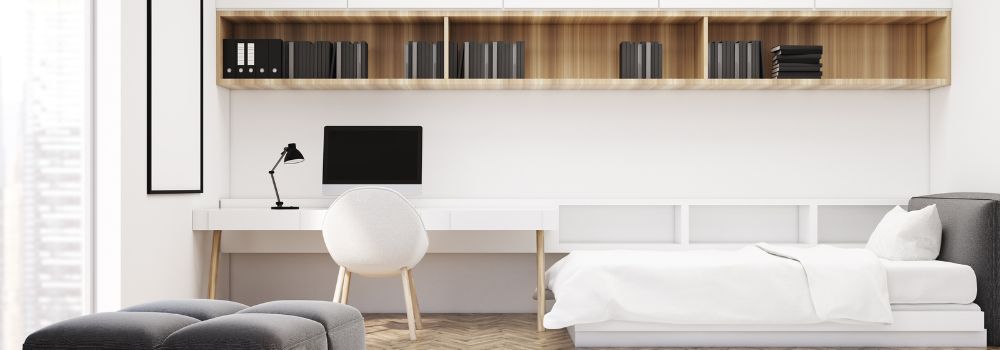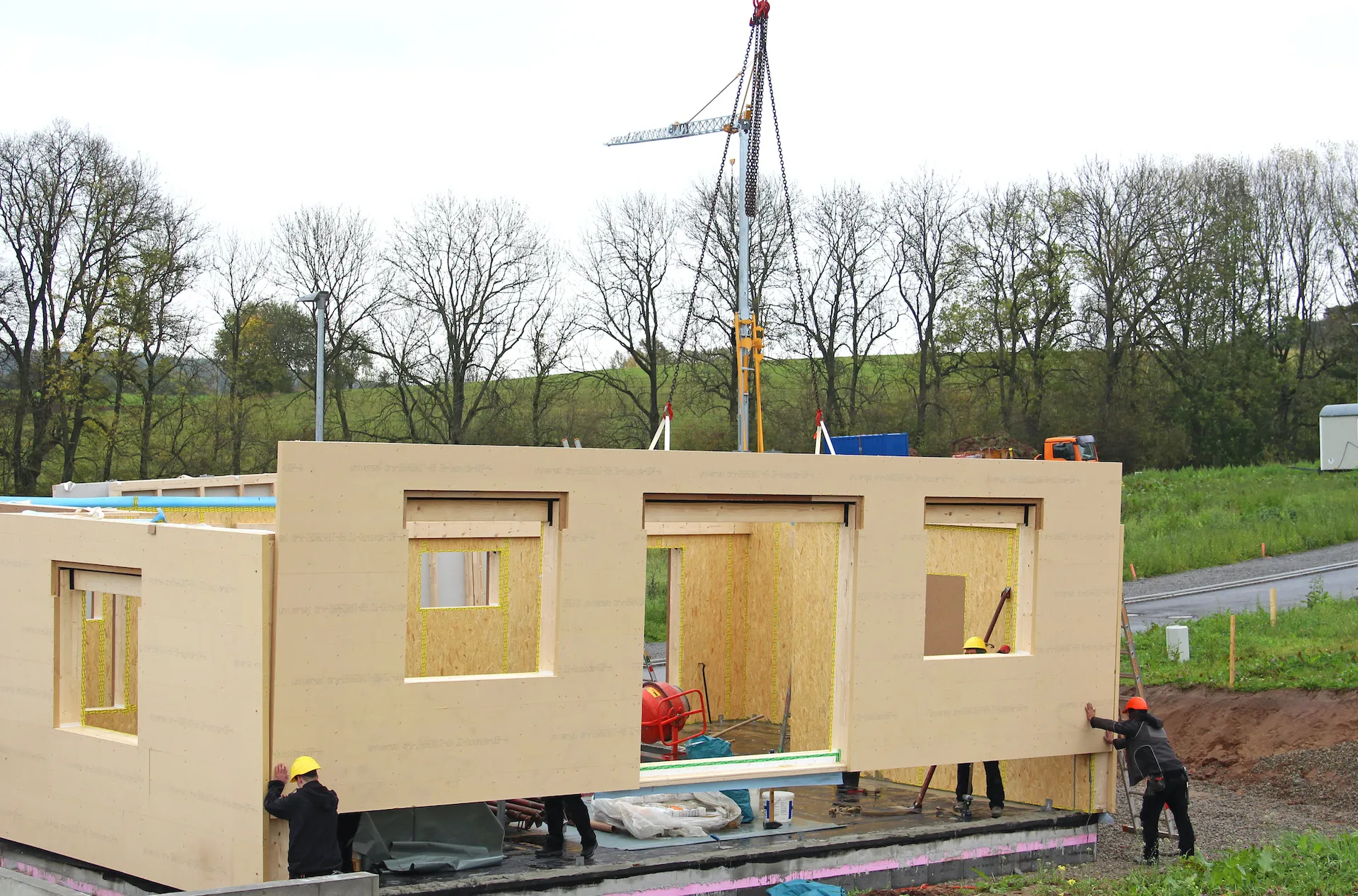Smaller, more efficient, technologically advanced: the new standard in living
In today's times, the way we live is changing rapidly and new trends and developments are emerging. In this article, we explore the main current trends in housing and how they affect the way we design, build and inhabit our homes. From smaller more efficient homes to those designed with health and wellness in mind, current trends mirror the changing demands and expectations of consumers. Read on to find out more about how these trends are affecting the way we live.
Smaller and more efficient
One of the most important current housing trends is the growing demand for smaller, more efficient homes. This can be attributed to a growing awareness of sustainability and a changing lifestyle, with people placing more value on quality of life rather than size of home. Smaller homes are often cheaper and easier to maintain, and allow occupants to use space efficiently. Moreover, the growing interest in smaller homes also stems from a growing awareness of the maintenance and energy costs of larger homes.

Flexibility and adaptability
Another trend we are seeing is the growing demand for flexibility and adaptability in homes. This means that homes are being designed with the ability to adapt the layout and function to the changing requirements of the occupants. This can be achieved through moveable walls, adaptable kitchens and bathrooms, and the ability to use spaces multifunctionally. This is particularly relevant for people who spend much of their time at home, such as home workers and students. This flexibility and adaptability allows the space to adapt to the changing needs of its occupants.
Technology
A third trend we are seeing is the growing demand for technology in homes. This includes everything from smart thermostats and lighting to fully automated home control and security systems. This technology makes life easier and more comfortable for residents, and can also help reduce the cost of the home. Besides, the growing interest in technology in homes also stems from the growing demand for a more connected lifestyle. Technology can be used to improve the home in terms of safety, energy efficiency and comfort.
Health and well-being
A fourth trend we are seeing is the growing demand for homes designed with health and well-being in mind. This includes everything from good ventilation and light to healthy building materials and energy efficiency. This can contribute to a better quality of life for residents and may even help prevent health problems. Moreover, the growing interest in health and well-being in homes also stems from a growing awareness of the impact of housing on people's health. Living with adequate light, good ventilation and healthy building materials can contribute to better health and well-being for residents.

Social interaction and community building
A fifth trend we see is the growing demand for homes designed with social interaction and community building in mind. This can be achieved, for example, by designing homes with shared spaces, such as a communal garden or a roof terrace. Moreover, the growing interest in social interaction and community building in homes also stems from a growing awareness of the impact of housing on people's mental health. Living with shared spaces can contribute to better social interaction and a sense of community.
In summary, current housing trends reflect the changing demands and expectations of consumers. The growing demand for smaller, more efficient homes, flexibility and adaptability, technology, health and wellbeing, and social interaction and community building are key trends affecting the way we design, build and inhabit our homes.

